The Painting That Obsessed Hitler Freud & Lenin
Freud kept it by his couch. Lenin above his bed. Hitler paid a fortune for it. By 1900, it hung in nearly every Berlin home. Discover the story of The Isle of the Dead.
Florence, spring 1880. A widow from high society visits the studio of a Swiss painter. She stops before a canvas in progress. A rocky islet. A dark sea. Cypresses standing like black flames.
Marie Berna wants this painting. But with an addition.
Arnold Böcklin is 53 years old. Behind him, eight children dead out of fourteen. His young daughter Maria rests in the city’s English cemetery. These bereavements nourish his imagination. The client commissions a personal version. She requests a funerary element. Böcklin incorporates a figure draped in white into the boat approaching the island. At its feet, a white coffin.
The landscape shifts. The craft becomes a crossing towards the beyond. The boatman evokes Charon. The rocky isle resembles the final resting place. Böcklin even returns to his first version to add the veiled woman and the coffin. He decides to produce several copies of this dream image.
Between 1880 and 1886, five versions are born. All slightly different. The first two bathe in the orange glow of a setting sun. The third, painted in 1883, presents a paler sky, almost diurnal. In the fourth and fifth versions, the cliffs become lighter and taller, as though sculpted by human hand. The horizon brightens. Böcklin gradually abandons the nocturnal atmosphere for a more architectural evocation, without ever dispelling Death’s shadow.
The painter will give no title to these canvases. It is his Berlin dealer, Fritz Gurlitt, who finds in 1883 the name “Die Toteninsel”. The Isle of the Dead. Böcklin remains sparing with explanations. He contents himself with writing that he wished to paint “a dream image which must be so tranquil that the slightest knock at the door would make you start”.
The success, initially discreet, becomes lightning swift. Fin-de-siècle Europe enthuses over this evocation of the soul’s final journey. Gurlitt, visionary, organises vast reproduction campaigns. In 1885, the artist Max Klinger creates a print issued in multiple copies. Then come thousands of photomechanical reproductions for the Germanic market. The image enters homes. Into the collective imagination.
At the turn of the 20th century, one finds a reproduction of The Isle of the Dead in almost every Berlin household. Vladimir Nabokov would later write of witnessing this vogue. The painting becomes a popular icon. Its image is so widespread that it appears familiar, whilst retaining its power to disturb.
In this context, three men will develop an obsession with this canvas. Three radically opposed trajectories. Sigmund Freud, Vladimir Ilyich Lenin, Adolf Hitler. Each will hang an image of The Isle of the Dead in his home.
Freud and the dream of the isle
Vienna, late 1890s. Freud is 40 years old, developing a method for analysing the mind. Böcklin’s canvas haunts his imagination to the point of appearing in his dreams. In The Interpretation of Dreams, published in 1899, he recounts one of his own dreams. He sees himself standing on a cliff in the middle of the sea, in Böcklin’s style. A man stands on the rock of the mysterious island.
Analysing this dream, Freud associates the glimpsed figure with Captain Dreyfus, that French Jewish officer unjustly imprisoned on Devil’s Island in a scandal then shaking Europe. His unconscious has blended current events with Böcklin’s imagery to express his anxieties about mounting antisemitism.
The canvas hangs in his consulting room on Berggasse. Among the antique statues and Ingres’s Oedipus Confronting the Sphinx, the engraving of The Isle of the Dead stands near the couch where his patients recline. Freud never expressed himself publicly on this choice. He who examines the depths of the human soul found in this frozen dream image a symbol of what he would later theorise as Thanatos. The death drive that coexists with the life force.
In 1938, Freud flees the Nazi regime, goes into exile in London. He takes his antiquities and precious objects, recreates his consulting room identically. Until his death in 1939, aged 83, he will keep this funereal landscape beside him.
Lenin and his exile room
Vladimir Ilyich Lenin is 14 years younger than Freud. Fervent Marxist, strict materialist, hostile to the spiritualisms of old bourgeois culture. Yet he too will fall under the spell of Böcklin’s landscape.
Testimonies from those close to him confirm it. He possessed a reproduction of The Isle of the Dead which he hung on the wall of his various exile rooms. Between 1900 and 1910, Lenin lives successively in Munich, London, Geneva then Paris, fleeing Tsarist repression. With each move, amongst his books and maps of Russia, he insists on displaying above his bed an image of The Isle of the Dead.
Zurich, 1914-1917. Exiled in Switzerland during the First World War, Lenin inhabits a small two-room flat at 14 Spiegelgasse. A visitor from the period remembers seeing hung above the bed an engraving depicting The Isle of the Dead.
Why does this image fascinate the Bolshevik leader, declared enemy of religious superstition? Lenin had been marked young by his father’s death and his elder brother’s execution. He knew his own existence threatened at any moment. The painting perhaps offered a personal memento mori. A visual reminder that death lies in wait at the path’s end. The Isle of the Dead transcends doctrines. It speaks to the unconscious, to raw emotions.
In April 1917, Lenin returns to Russia to lead the Revolution. He must travel clandestinely, cannot take his belongings. What became of his reproduction is unknown. Once in power, the new Soviet government promotes an art turned towards the communist future. Böcklin is not to the Bolsheviks’ taste. Lenin will die in 1924, struck down by a cerebral haemorrhage.
Hitler and his Germanic treasure
Adolf Hitler probably discovers The Isle of the Dead during his Viennese youth. Born in 1889, aspiring painter, he develops a passion for 19th-century German art. Böcklin, though Swiss, embodies for him the ideal of the visionary artist. His paintings stage myths, landscapes laden with symbols, mystical atmospheres. Hitler possessed up to 11 original Böcklin paintings in his personal collection. Amongst them, The Isle of the Dead, which he considers the absolute masterpiece. He covets the third version from 1883, the one commissioned by Fritz Gurlitt.
In 1933, Hitler becomes Chancellor of the Reich. He learns that this version is available for sale. As early as March 1933, he orders its acquisition. Negotiations last three years. In June 1936, Hitler purchases The Isle of the Dead for 85,000 Reichsmarks. An extravagant price, equivalent to several years’ salary of a senior civil servant.

He first displays the canvas at the Berghof, his Bavarian Alps retreat. In the great salon, The Isle of the Dead dominates the room. Witnesses report that Hitler liked showing the painting to his guests. He sees in it a reflection of his tragic conception of destiny. The funeral barge, the cult of heroic dead, Nazism’s mortuary aesthetic.
In 1940, Hitler repatriates The Isle of the Dead to Berlin. He installs it in his new Reich Chancellery, a marble palace built by Albert Speer. The canvas remains on display until March 1945, as Berlin is besieged. Hitler commits suicide on 30 April 1945. The Chancellery is destroyed. By miracle, the canvas escapes looting. Recovered by the Soviet army, it is returned to the city and integrated into the collections of Berlin’s Alte Nationalgalerie, where it remains on display.
Other obsessives
The Isle of the Dead has fascinated many other illustrious contemporaries. Georges Clemenceau, French statesman and freethinker, possessed a reproduction hung in his Paris home. In 1908, a colleague confides with surprise that the “Tiger” has decorated his drawing room with a copy of the painting. Empress Elisabeth of Austria, known as Sissi, great lover of poetry, had installed a copy in her castle. The melancholic sovereign, obsessed with death and beauty, found in Böcklin’s isle an echo of her own tormented psyche.
The Italian poet Gabriele D’Annunzio, decadent aesthete and future bard of fascism, venerated Böcklin. He mentioned the funeral isle in his writings as a source of aesthetic intoxication. The Swedish playwright August Strindberg used it as the final metaphorical setting of his play The Ghost Sonata in 1907. The painting’s image appears onstage to close the story.
In music, the composer Sergei Rachmaninoff discovers a black and white reproduction during a stay in Paris in 1907. The vision of this spectral islet overwhelms him. He refuses to compose before having seen a colour version. After contemplating the original canvas in Leipzig, he creates in 1909 The Isle of the Dead, a symphonic poem. His music, dark and undulating, translates into sound motifs the painting’s lugubrious atmosphere. Rachmaninoff will later say that the black and white engraving left greater scope for imagination. Other composers follow. In 1913, Max Reger integrates Die Toteninsel into his suite Four
Symphonic Poems after Böcklin.
In the visual arts, Salvador Dalí produces in 1932 a surrealist pastiche directly inspired by the painting. Giorgio de Chirico, pioneer of metaphysical painting, devoted a cult to Böcklin. One finds echoes of The Isle of the Dead in Chirico’s deserted squares. In 1977, the illustrator H. R. Giger, father of the Alien creatures, pays homage to Böcklin with a biomechanical pastiche.
In cinema, producer Val Lewton uses the painting in 1945 as backdrop for the film Isle of the Dead, with Boris Karloff. In 2010, Martin Scorsese draws inspiration from Böcklin’s atmospheres for Shutter Island. One sequence even reproduces the painting’s composition. In literature, Louis Aragon refers to The Isle of the Dead in his novel Aurélien in 1944. The science fiction author Roger Zelazny titles one of his novels Isle of the Dead in 1969.
The cast shadow
In the interwar period, Böcklin’s symbolist style falls out of fashion. In 1947, the American critic Clement Greenberg writes that Böcklin’s work is the archetype of everything one detests in late 19th-century art.
The fact that Hitler made it his favourite painting casts a shadow over its reputation after 1945. In 2016, during an exhibition in Berlin, a visitor writes in the guestbook: “Does one have the right to share the same artistic tastes as Hitler?”. Another responds: “Yes, of course! At least where Böcklin is concerned”.
Since the 1960s, there has been a rehabilitation of Böcklin. Exhibitions are devoted to him. His influence on surrealism and metaphysical painting is analysed.
Böcklin himself, two years after completing the final version, will paint The Isle of Life. A paradisiacal scene flooded with light. Peopled with dancing figures. As though to ward off the dark obsession. But this Isle of Life will remain little known. It is indeed his isle of the departed that will traverse the ages.
The third version remains on display in Berlin. It has survived the Reich’s collapse, the war, the looting. The painting that haunted Freud, Lenin and Hitler continues to exert its fascination. A century and a half after its creation, Böcklin’s isle keeps its secret.
Thanks for reading! Just a quick note: “Cool Stories About Art” is entirely supported by its readers. If you’re enjoying our fun approach to art history, consider becoming a member for a few dollars a month.
Your support makes a huge difference, and you’ll unlock our weekly artist discoveries and the full library of “Netflix-style” stories. Thank you! ❤️
🎁 Looking for a unique gift? Give a year of fun art history for a friend’s birthday or Christmas.
10 Artists Nobody Talks About (But Should) 🔥
II’ve done the digging so you don’t have to. Your next favorite artist is in here
Van Eyck The Mission That Changed Europe
Everyone knows Jan van Eyck the painter. No one knows Jan van Eyck the spy. In 1428, Jan van Eyck set out on a dangerous mission to Portugal that would change Europe forever.
The Woman Who Made Vincent van Gogh
Behind every legendary artist lies an untold story, but this one belongs to a woman history forgot, who held the power to make or break a genius. Discover Johanna’s fabulous story.
The Magritte River Tragedy
Everyone knows Magritte’s faceless figures, but no one knows why he painted them. This is the untold story of how a February night in 1912 changed everything.
I spend a lot of time on this - so becoming a paid subscriber means the world!!!🌹




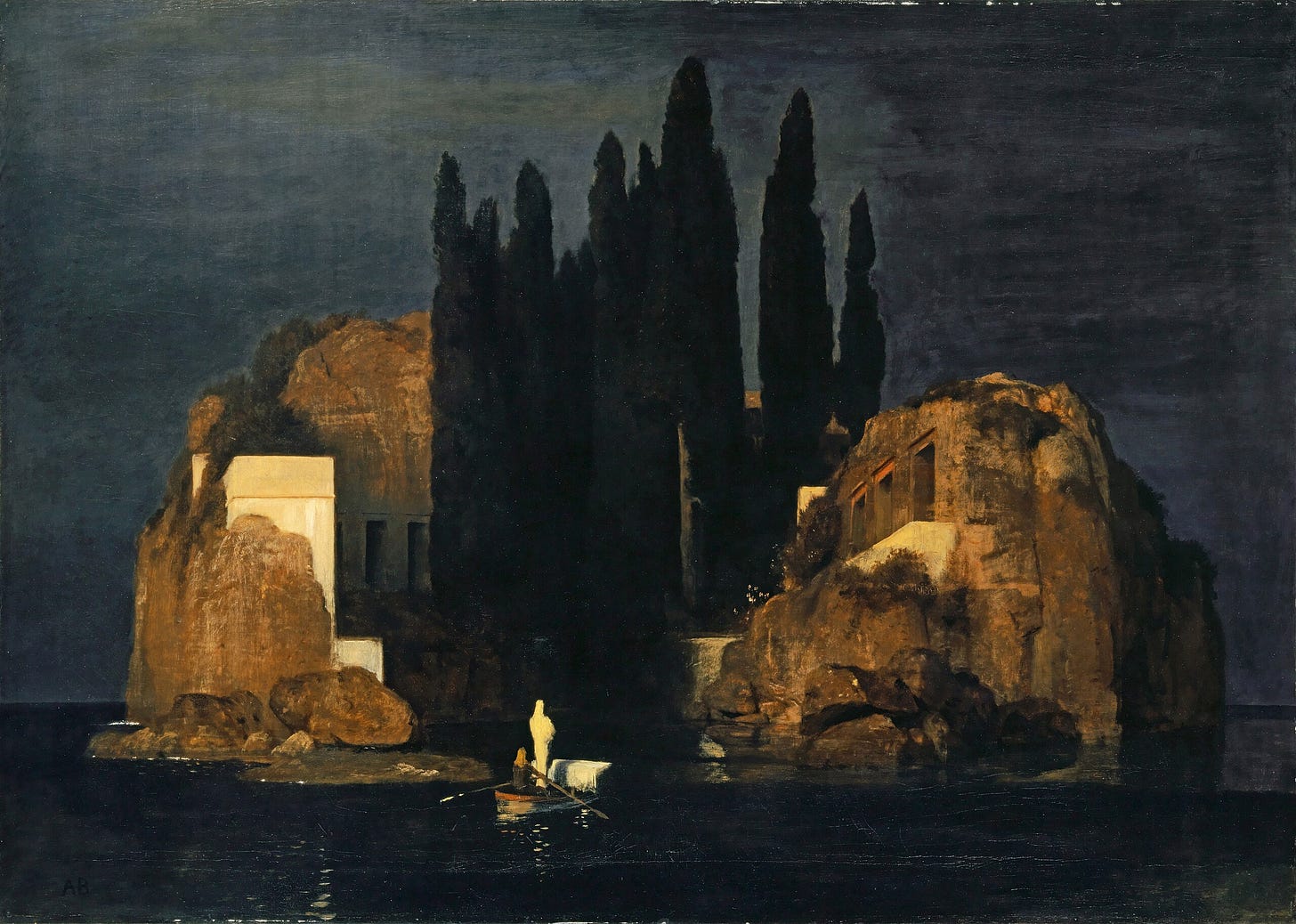
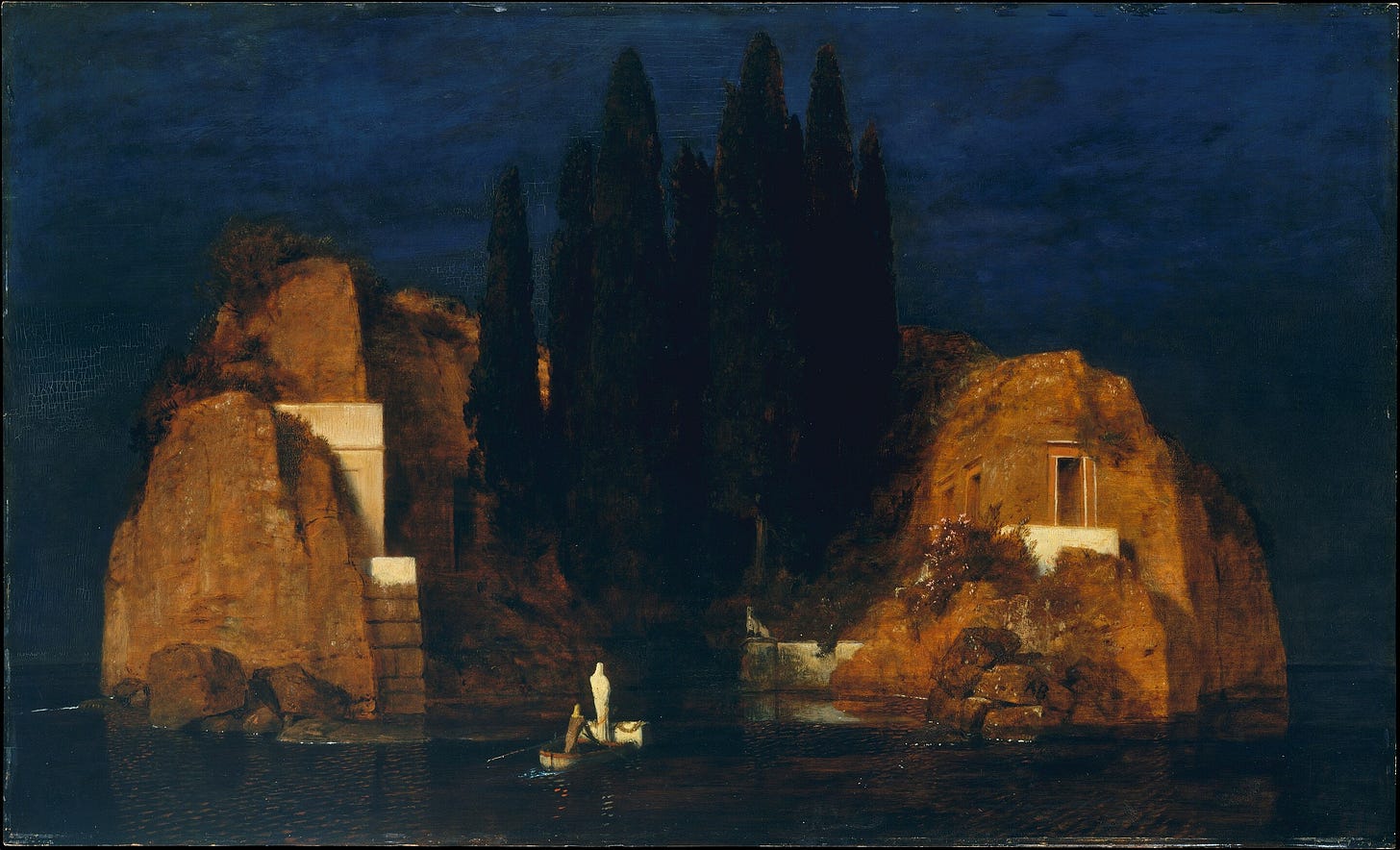
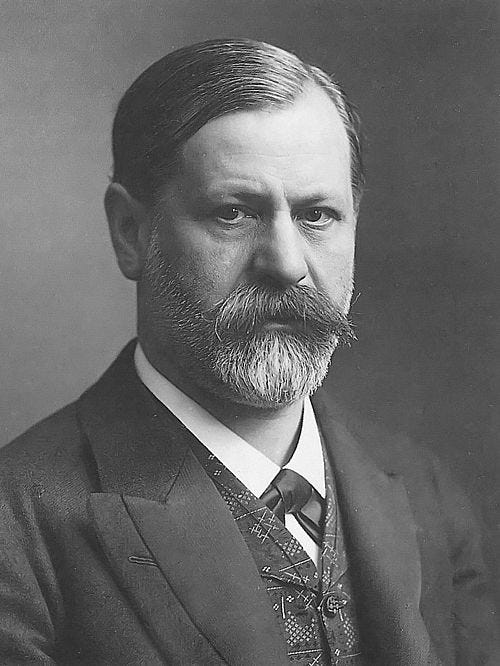
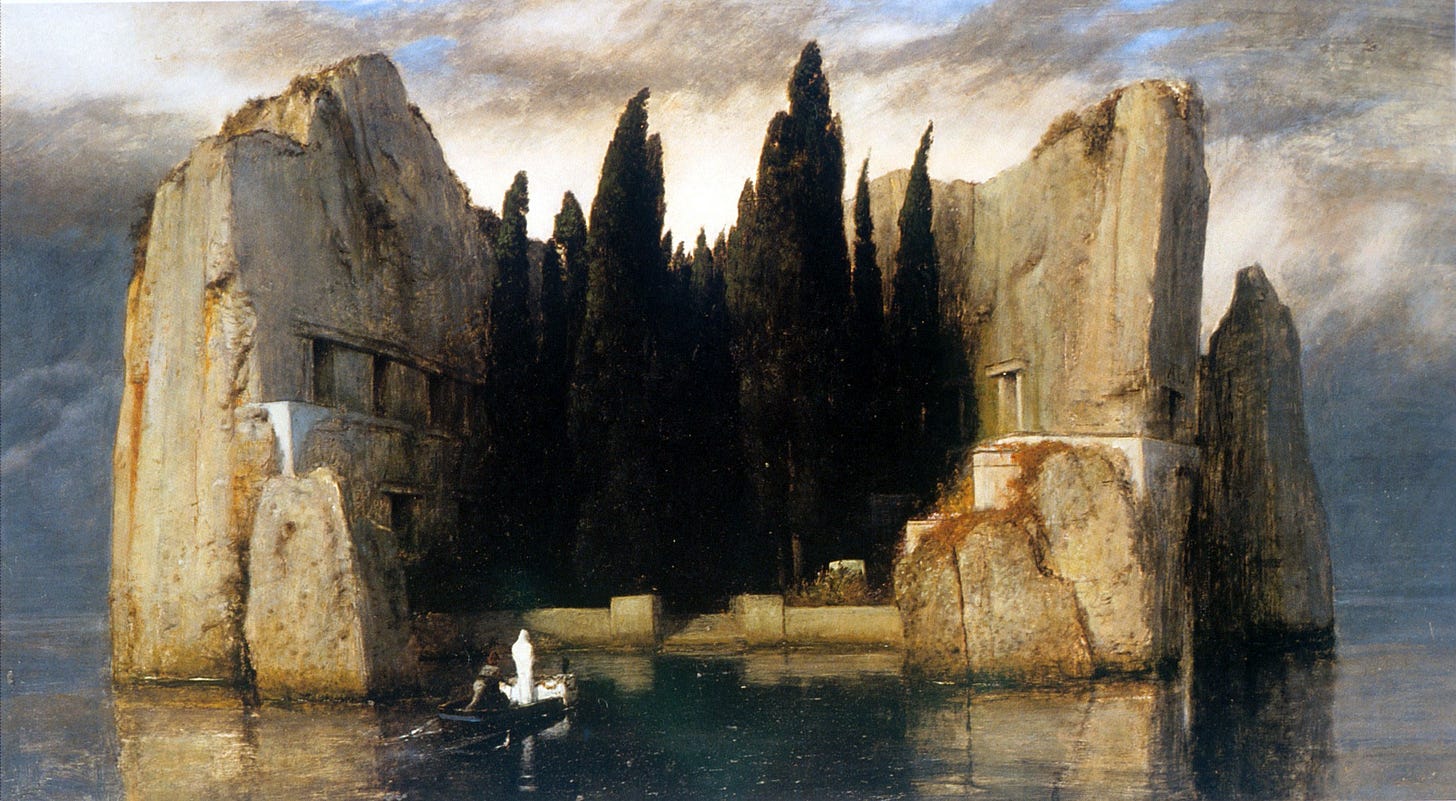

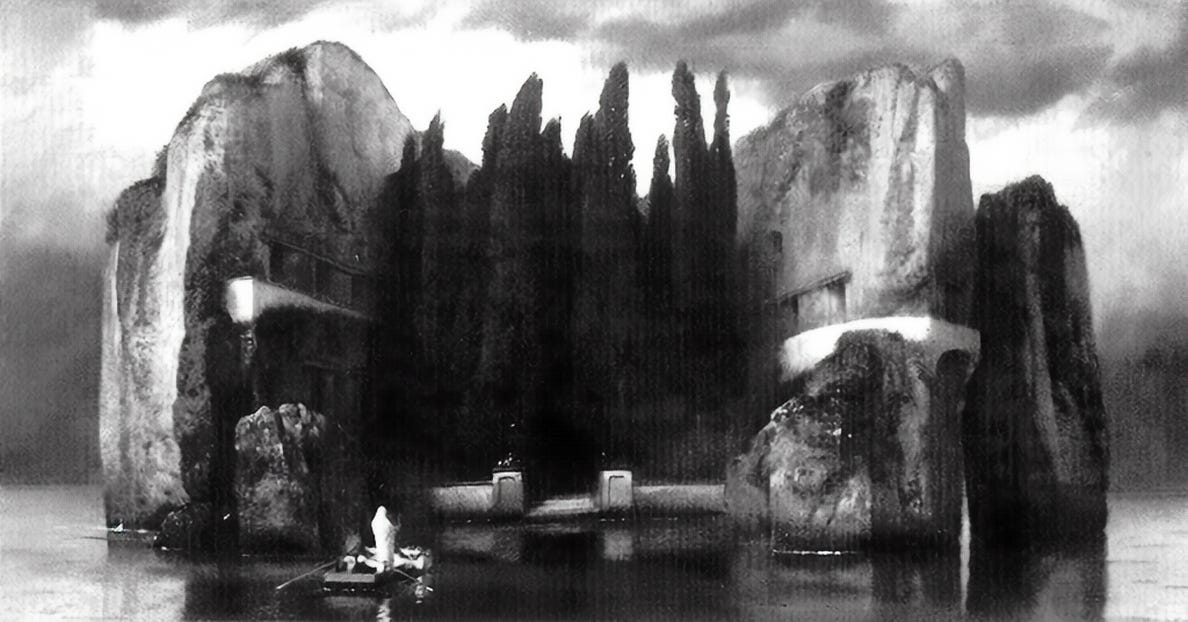

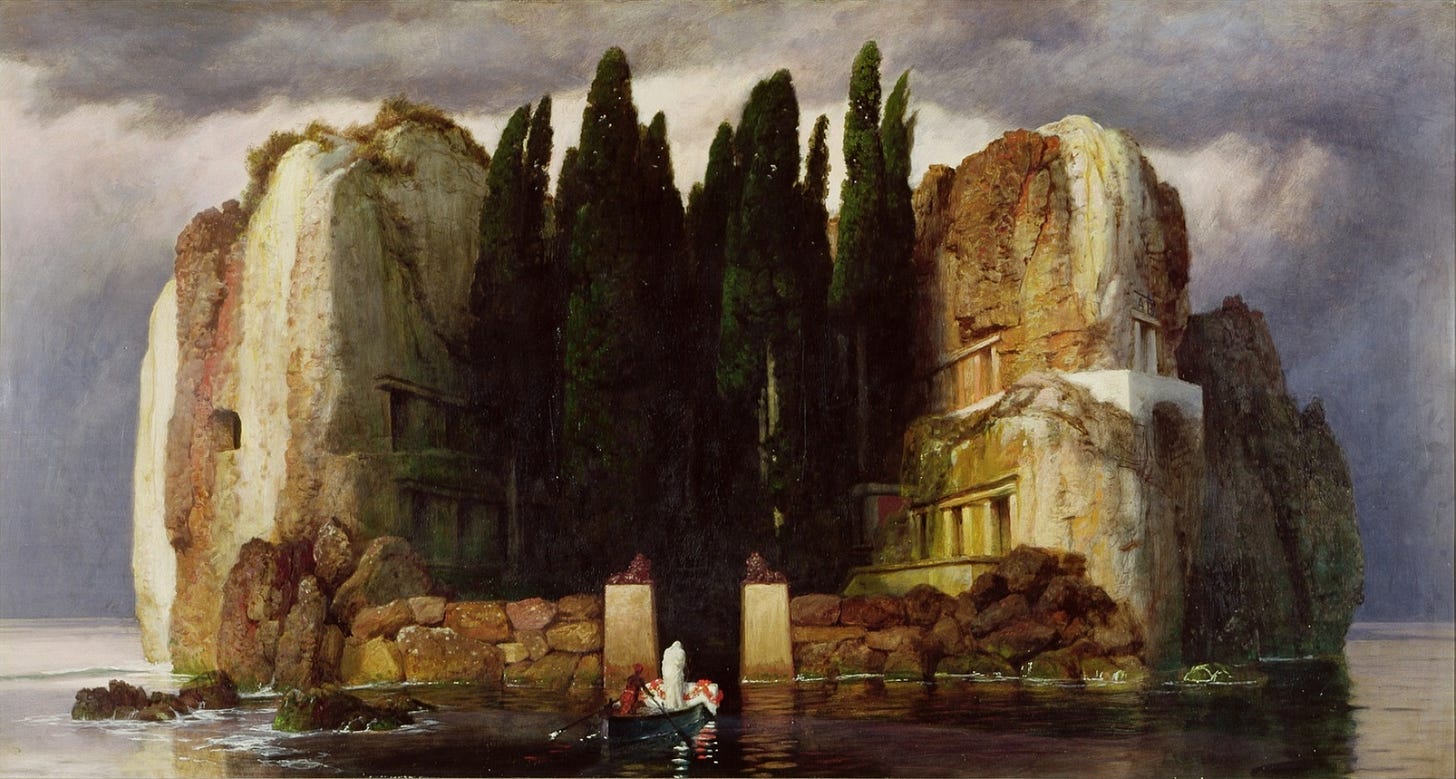
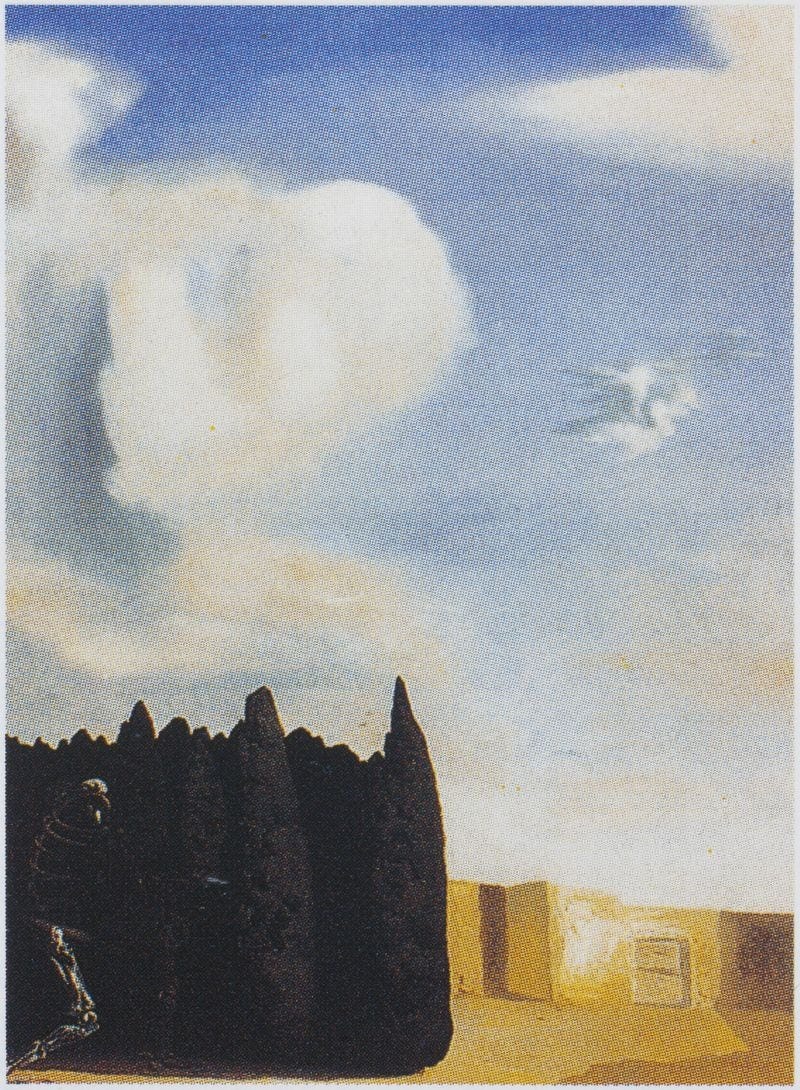
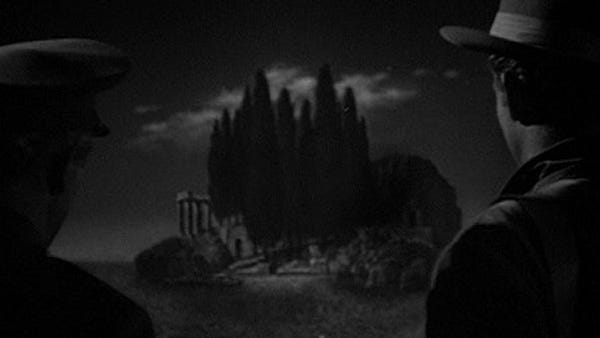




This was very interesting. I know this painting from childhood, as my British grandmother had a copy. She was of the generation that had lost many male relatives in war, and she was drawn to the Spiritualist movement and the idea of communicating with the dead. So the theme of the painting meant something to her. I didn't know about this painting having such famous and notorious admirers, thank you for this background.
A really fascinating part of history ! This illustrate the power of art and images Thank you to let us know about this